In just a few short years, artificial intelligence has gone from a futuristic concept to a tool shaping nearly every part of our lives. From painting new masterpieces and saving endangered animals to reviving human voices and exploring space, AI’s reach is astonishing—and sometimes unsettling. Here are 22 surprising things AI can do that most people have never imagined.

1. Recreate Conversations with the Dead
Canadian man Joshua Barbeau used AI to build a chatbot modeled on his late girlfriend, Jessica. By feeding the program their old messages and emails, he created a virtual version of her that could talk just like she used to. Their long conversations helped him process grief and say goodbye. It’s a haunting example of how AI can bring comfort—but also raise emotional and ethical questions about life after death.

2. Paint a New Rembrandt
In 2016, researchers launched The Next Rembrandt project, where an AI studied thousands of details from the Dutch master’s paintings. After 18 months of analysis, the algorithm created a brand-new Rembrandt-style portrait—3D printed with precise brushstroke textures. The result looked so real that even art critics were stunned. It showed how AI could learn creativity itself, blending data and emotion into something almost human.

3. Reveal a Hidden Picasso
Beneath Picasso’s 1903 painting The Blind Man’s Meal, X-ray scans revealed another artwork—a portrait of a woman, possibly one of the artist’s early muses. Using AI, researchers at University College London reconstructed the hidden painting in full color and detail. The algorithm studied Picasso’s brushwork, tones, and Blue Period techniques to predict how the original image once looked—essentially restoring a lost masterpiece without touching the canvas.
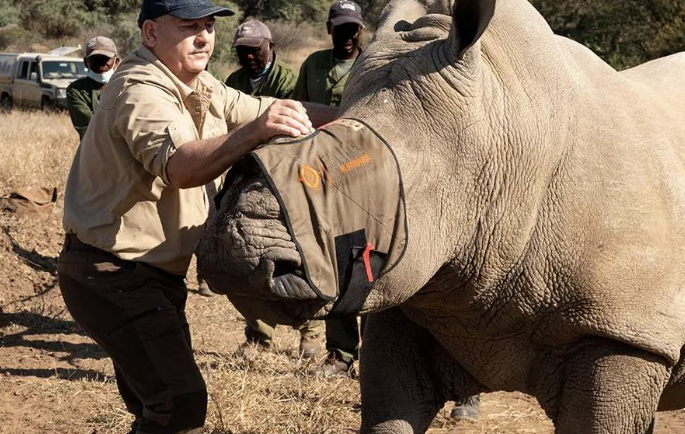
4. Predict Animal Poaching
AI isn’t just for humans—it’s protecting wildlife too. In Tanzania, TrailGuard AI cameras detect poachers by recognizing people, vehicles, and weapons deep in the forest. When it spots suspicious movement, the system instantly alerts park rangers. This innovation has already prevented illegal hunting and saved endangered elephants and rhinos. It’s a powerful example of technology being used for conservation instead of destruction.
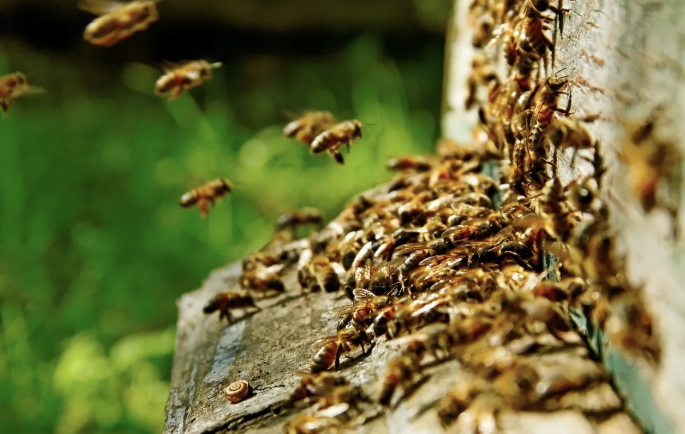
5. Talk to Bees
German scientists created “RoboBee,” a tiny robot powered by AI that can communicate with bees. It mimics their movements and vibrations, even guiding them toward specific flowers for pollination. Researchers hope the technology will help control bee populations and protect ecosystems. It’s both fascinating and eerie—a glimpse at how humans might one day coordinate with nature through machines.
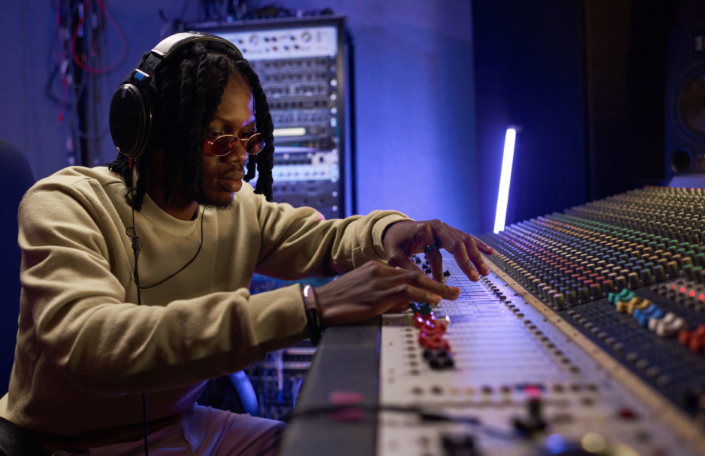
6. Create Original Music
AI systems like AIVA and Amper Music can now compose entire symphonies in minutes. These programs analyze thousands of classical and modern tracks to generate melodies, harmonies, and rhythms. Some AI-generated compositions have even been performed by real orchestras. While composers still debate whether these works count as “true art,” AI’s ability to understand and create emotion through sound is undeniably revolutionary.

7. Diagnose Diseases Before Doctors Can
AI-powered tools are transforming healthcare. Systems like Google’s DeepMind can detect diabetic eye disease and cancer far earlier than human doctors by analyzing medical images. AI can also read X-rays, MRIs, and even patient voices for signs of illness. Hospitals worldwide now use these tools to make faster, more accurate diagnoses—and sometimes save lives in the process.
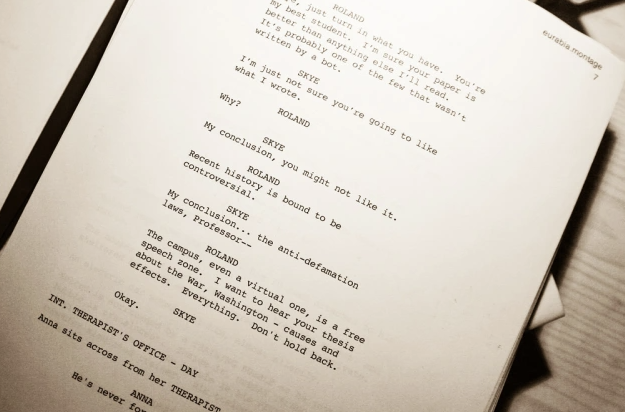
8. Write Movie Scripts and Novels
AI isn’t just a tool—it’s becoming a storyteller. Language models have already written short films, novels, and poetry collections. For instance, an AI co-wrote Sunspring, a bizarre yet fascinating sci-fi short that premiered at a film festival. While human writers still dominate Hollywood, AI is proving it can dream up ideas, characters, and plot twists in unexpected ways.

9. Predict Natural Disasters
AI can analyze vast climate data to predict earthquakes, floods, and hurricanes before they strike. Google’s Flood Forecasting Initiative, for example, uses satellite imagery and machine learning to send early warnings in regions at risk. In some areas of India and Africa, this technology has saved thousands of lives by giving people hours of extra time to evacuate.
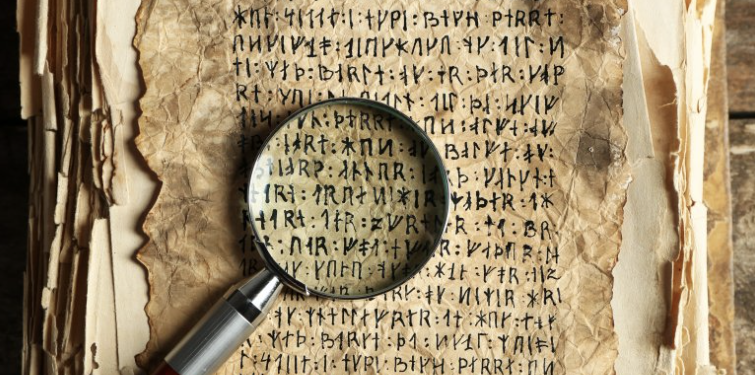
10. Restore Ancient Languages
Linguists are using AI to decode lost languages like Linear A and Sumerian. By comparing ancient scripts to modern linguistic patterns, algorithms can suggest meanings for previously untranslated symbols. This approach is helping historians reconstruct forgotten civilizations—bringing the voices of the past back to life.

11. Create Realistic Human Voices
Thanks to deep learning, AI can now generate speech that sounds almost indistinguishable from real humans. Tools like ElevenLabs and OpenAI’s Voice Engine can clone voices from just a few seconds of audio. While it’s great for entertainment and accessibility, it also raises ethical questions about identity theft and misinformation.

12. Generate Fake People That Look Real
Ever seen a profile picture that looks too perfect? It might not be real. AI tools like ThisPersonDoesNotExist.com create photorealistic human faces that belong to no one. These fake portraits are used in ads, video games, and even fake online accounts. It’s a reminder that in the age of AI, seeing isn’t always believing.

13. Predict Court Rulings
In some countries, AI systems analyze court records to forecast legal outcomes. They study thousands of past decisions to predict how judges might rule on new cases. While still experimental, this technology could make justice systems faster and more consistent—but it also sparks debates about bias and fairness in automated law.
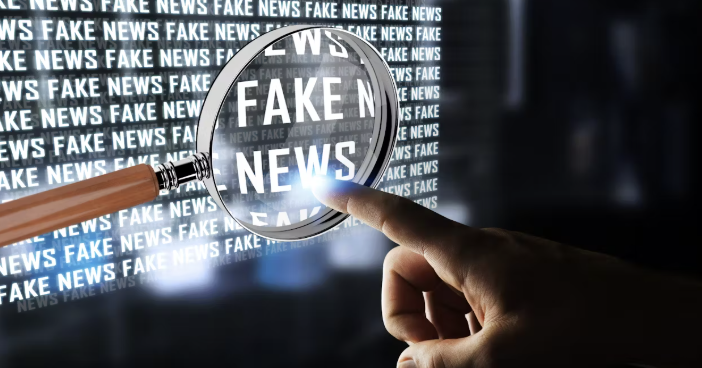
14. Detect Fake News
AI now plays a major role in fighting misinformation. Platforms like Facebook and Google use machine learning models to flag false claims, deepfakes, and doctored images. These algorithms analyze phrasing, image inconsistencies, and metadata to verify authenticity, helping people separate fact from fiction in a world overflowing with digital lies.

15. Predict Crime Hotspots
Police departments in cities like Los Angeles and London use AI to analyze crime data and predict where offenses are most likely to occur. The goal is to allocate patrols more effectively. However, critics argue that this “predictive policing” can reinforce racial and social biases. Used responsibly, though, it could make cities safer.

16. Design Buildings and Cities
Architects now use AI to plan efficient, sustainable urban spaces. Programs simulate wind flow, sunlight exposure, and human movement to design buildings that save energy and reduce congestion. Some AI-generated designs are so advanced that they resemble futuristic art more than architecture.
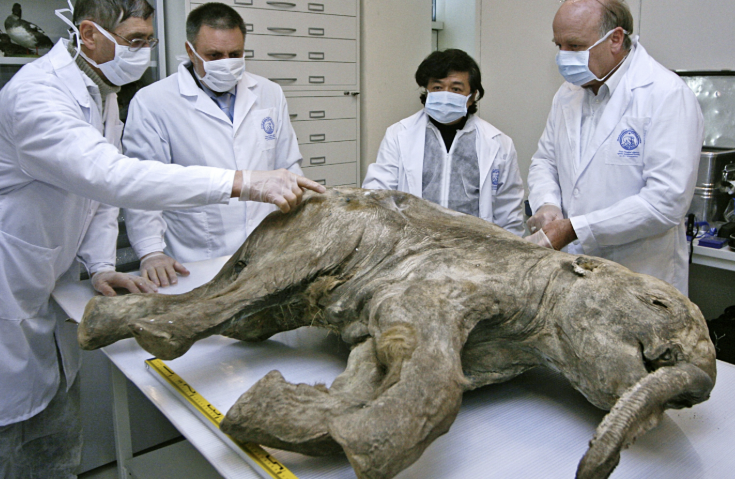
17. Bring Back Extinct Species
Scientists are exploring how AI can help in “de-extinction”—recreating lost animals like the woolly mammoth. AI analyzes DNA sequences, fills in missing genetic gaps, and helps design viable embryos. While still theoretical, this technology could one day restore entire ecosystems wiped out by human activity.
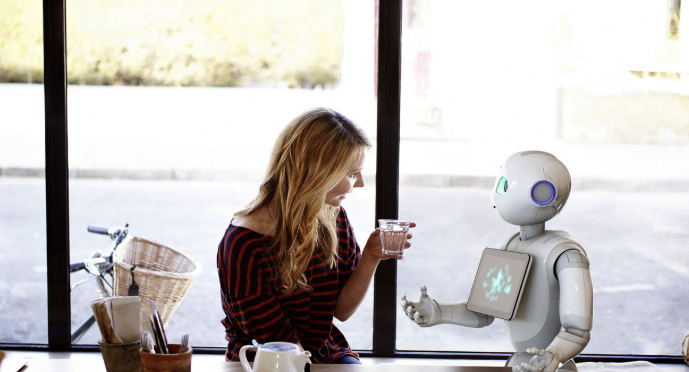
18. Teach Robots Empathy
AI researchers are developing systems that can read human emotions from facial expressions and tone of voice. This emotional intelligence helps robots assist in nursing homes, schools, and therapy sessions. These machines aren’t just logical—they’re learning to care, too.

19. Predict Stock Market Trends
Financial firms rely on AI to forecast stock movements by analyzing billions of data points, from news headlines to social media trends. While no system is perfect, AI-powered trading bots often outperform human analysts in speed and accuracy, reshaping the world of finance.

20. Translate Animal Communication
Projects like Earth Species are training AI to decode animal sounds—from dolphins to whales and even elephants. By analyzing frequency patterns, AI is helping scientists understand how animals communicate emotions, warnings, and social cues. It’s the first step toward interspecies communication.

21. Restore Damaged Art and Photos
AI tools can now restore faded artwork and old family photos by recreating lost colors, textures, and details. Museums use these algorithms to digitally repair paintings damaged by time or war, while individuals use them to bring ancestors’ faces back to life with incredible accuracy.
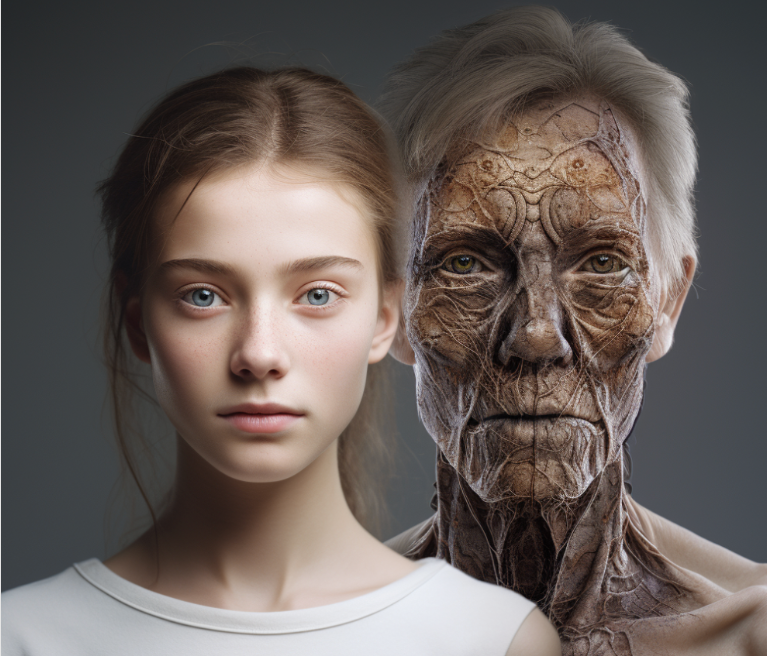
22. Predict the Future of Humanity
From climate models to space exploration, AI is being used to forecast humanity’s long-term survival. NASA employs AI to navigate distant planets, while scientists use it to simulate future societies and ecosystems. It’s not prophecy—it’s data-driven foresight guiding us toward a smarter, more sustainable world.
